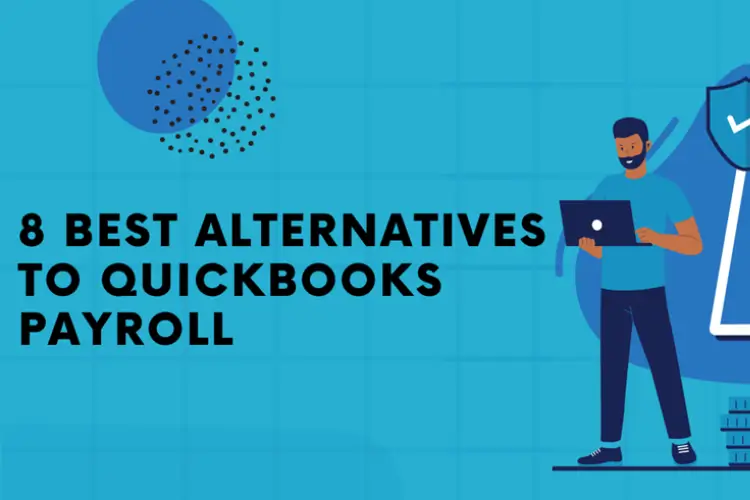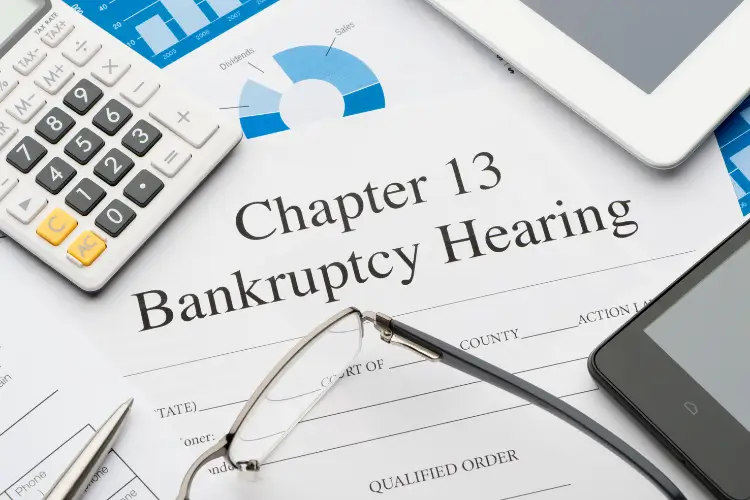Let’s be real – money troubles can hit anyone, anytime. Whether it’s an unexpected medical bill, job loss, or simply watching your savings dwindle month after month, financial hardship isn’t just about numbers – it’s deeply emotional, too.
The knot in your stomach when bills arrive, the sleepless nights, the relationship tension… I’ve been there. The good news? You don’t have to face these challenges alone or without a plan. These 10 actionable steps can help you regain your financial footing and, more importantly, your peace of mind.
Recognizing the Warning Signs of Financial Distress
Before diving into solutions, it’s vital to recognize when you’re headed for financial trouble. Like that check engine light in your car, your finances give warnings before a complete breakdown.
Common Financial Red Flags to Watch For
If you’re consistently relying on credit cards for necessities, struggling to make minimum payments, or seeing overdraft fees piling up, these are clear signals that something needs to change.
Emotional Indicators of Financial Stress
Financial anxiety often manifests physically through sleepless nights, constant worry, and even relationship strain. According to the American Psychological Association, 72% of Americans report feeling stressed about money, with this stress commonly leading to anxiety and depression (American Psychological Association).
The sooner you acknowledge these warning signs, the faster you can implement strategies to turn things around. Here, we see the 10 Key Steps to Take When Facing Financial Challenges.
1. Negotiate with Creditors Before Problems Escalate
Effective Communication Scripts for Different Creditors
When calling creditors, be honest but specific: “Experiencing a temporary financial hardship due to [reason], and so calling to discuss customer care for possible options.” Whether it’s a credit card company or mortgage provider, most have established hardship programs – but you must ask for them.
Understanding Hardship Programs and Legal Protections
Many creditors offer reduced payment plans, interest rate reductions, or even temporary payment suspensions. If you’re overwhelmed by debt or facing aggressive collectors, help is available. Many creditors may offer lower payments or temporary relief. For clients facing an issue, here’s how to beat them.
Midland Funding is one of the largest debt buyers in the U.S., known for purchasing delinquent credit accounts and pursuing repayment through aggressive collection tactics—including lawsuits. Many consumers first hear of Midland when they receive a court summons, often for debts they may not even recognize.
If you’re currently dealing with legal action, it’s essential to understand your rights and respond appropriately. Knowing how to handle a midland funding lawsuit can make the difference between a default judgment and a favorable outcome. They provide step-by-step guidance on how to answer a lawsuit, challenge the debt’s validity, and protect yourself from unfair collection practices. Taking action early can help you avoid wage garnishment or further legal complications as you navigate financial recovery.
Now that you’ve opened communication channels with creditors, you need a strategic approach to prioritizing which debts get paid when resources are limited.
2. Develop an Emergency Response Budget
Your regular budget likely won’t cut it during financial hardship. It’s time to create a financial crisis plan.
The 50/30/20 Crisis Version
While the traditional 50/30/20 budget allocates 50% to needs, 30% to wants, and 20% to savings/debt, your crisis version might look more like 70/10/20 – with most resources directed toward absolute necessities.
Digital Tools for Crisis Budgeting
Apps like Mint or YNAB can help track spending in real-time, preventing further financial damage. These tools often highlight spending patterns you might miss on your own, revealing unexpected opportunities to cut back.
With your emergency budget established, it’s time to address one of the most intimidating aspects of financial hardship: communicating with your creditors.
3. Conduct a Comprehensive Financial Assessment
Once you recognize financial distress, your first move should be to get crystal clear about where you stand financially – no sugarcoating.
Creating Your Financial Snapshot
Grab a notebook or spreadsheet and list everything: income sources, monthly expenses, debts, assets, and upcoming financial obligations. Don’t forget those pesky subscriptions that quietly drain your account each month. This isn’t about judgment – it’s about awareness.
Calculating Your Financial Survival Numbers
Determine the bare minimum you need for survival – housing, utilities, food, transportation, and essential healthcare. This “survival number” becomes your financial North Star during tough times.
Armed with this complete financial picture, you can make informed decisions rather than emotional ones as you move forward into creating an emergency budget.
4. Prioritize Debts Strategically During Hardship
Not all debts are created equal, especially during financial hardship.
The Hierarchy of Financial Obligations
Prioritize in this order: housing, utilities, food, transportation, medical necessities, income-producing assets (like equipment for your business), and then unsecured debts. This hierarchy ensures your basic needs remain covered while you work through your financial challenges.
Debt Consolidation vs Management: Crisis Edition
If you’re exploring ways to manage multiple debts, consider whether consolidation is right for you. While loans may be hard to secure during hardship, nonprofit debt management plans can help. For clients facing a Midland Credit Management lawsuit, these strategies may offer timely support.
With your debts strategically prioritized, it’s time to explore ways to increase your income to accelerate your financial recovery.
5. Unlock Hidden Sources of Emergency Income
When facing financial challenges, finding additional income sources becomes crucial to healing your financial situation.
Monetizing Existing Assets and Skills
Look around your home – what skills or items might generate income? From selling unused electronics to offering services based on your professional experience, most of us have untapped income potential. I generated an extra $800 in one month simply by selling items I hadn’t used in years.
Emergency Assistance Programs Often Overlooked
Many industry-specific relief funds, community programs, and even utility assistance programs exist but aren’t widely advertised. Research what’s available in your area – you might be surprised by the resources you qualify for.
While increasing income helps, drastically reducing expenses creates an even more powerful combination for financial recovery.
| Expense Category | Standard Approach | Advanced Crisis Strategy | Potential Monthly Savings |
| Housing | Negotiate rent | House sharing/temporarily downsize | $400-800 |
| Transportation | Reduce driving | Sell second vehicle/use public transit | $200-500 |
| Food | Cook at home | Meal planning with staples/food banks | $200-400 |
| Utilities | Reduce usage | Energy assistance programs | $50-200 |
| Insurance | Shop rates | Increase deductibles/bundle policies | $50-150 |
6. Implement Radical Expense Reduction Techniques
During financial hardship, traditional cost-cutting advice rarely goes far enough. It’s time for more dramatic measures.
Beyond Basic Cost-Cutting: Advanced Frugality
Use subscription audit tools to identify and eliminate recurring charges. Consider temporarily suspending services like streaming platforms, gym memberships, and other non-essentials. These might seem small, but together, they create significant savings.
Temporary Lifestyle Adjustments with Significant Impact
Consider drastic but temporary housing modifications – perhaps renting out a room or even moving in with family briefly. Transportation costs can be slashed by carpooling, using public transit, or even selling a vehicle if you have multiple.
While reducing expenses, it’s equally important to protect your existing financial assets during the crisis.
7. Protect Essential Financial Assets During Crisis
Financial hardship shouldn’t mean sacrificing your long-term financial health.
Shielding Your Credit Score When Cash Is Tight
While late payments can damage your credit score, proactive communication with creditors can often prevent negative reporting. Many creditors offer hardship programs that won’t impact your credit if you enroll before falling behind.
Preserving Retirement Accounts Despite Urgent Needs
Resist the temptation to tap retirement accounts, which often incur penalties and tax consequences. Explore all other options first – the compound growth you lose by withdrawing early is often far greater than you realize.
With your immediate financial situation stabilized, it’s time to create a structured path back to financial health.
8. Create a Financial Recovery Timeline
Random efforts toward financial recovery often fail without structure and measurable goals.
Setting Realistic Milestone Targets
Establish specific 30/60/90 day goals for debt reduction, savings, and income growth. Break each goal into weekly actions that move you forward consistently rather than sporadically.
Building Momentum Through Small Financial Wins
Start with the easiest or smallest goals to build confidence and momentum. Each success, no matter how small, creates psychological motivation to tackle bigger challenges.
As you progress through your recovery timeline, rebuilding your emergency reserves becomes increasingly important.
9. Rebuild Your Emergency Fund Strategically
Even small contributions toward future financial security can prevent another crisis from derailing your progress.
Micro-Saving Techniques for Depleted Finances
Automated savings, even just a few dollars per paycheck, add up surprisingly quickly. Apps like Acorns or Digit make saving painless by moving small amounts you hardly notice.
Creating Financial Buffers Against Future Challenges
Consider building a layered emergency fund: a small, highly accessible cash reserve for immediate needs, followed by larger reserves in slightly less accessible accounts for more significant emergencies.
Sometimes, despite your best efforts, professional guidance becomes necessary to navigate complex financial situations.
10. Seek Professional Financial Guidance for Overcoming Hardship
There’s no shame in asking for help – in fact, it often leads to solutions you might never discover on your own.
When to Consult Financial Counseling Services
Nonprofit credit counseling agencies provide low-cost or free consultations tailored to your financial needs. These experts often negotiate directly with creditors. For clients exploring options with Midland Credit Management settlement percentage, these agencies can help achieve favorable terms not easily reached alone.
Specialized Help for Specific Financial Situations
For specific challenges like housing issues or debt collection problems, specialized counselors and legal aid services exist to provide targeted assistance.
Moving Forward: Transforming Financial Crisis into Long-Term Resilience
The skills and habits you develop during financial hardship can become the foundation for unprecedented financial strength moving forward.
FAQs
What legal protections exist when dealing with debt collectors?
The Fair Debt Collection Practices Act (FDCPA) prohibits harassment, false statements, and unfair practices by debt collectors. You can request validation of the debt, restrict contact methods and times, and even sue collectors who violate these protections.
How can I rebuild my credit score after serious financial challenges?
Focus on making all payments on time (even minimum payments), reduce credit utilization below 30%, avoid applying for new credit frequently, and consider secured credit cards or becoming an authorized user on someone else’s well-managed account.
What should I do if I’ve exhausted all traditional financial resources?
When traditional financial options are no longer available, consider turning to community assistance programs, local churches, and charitable support organizations. Additionally, explore industry-specific hardship grants that may be available to you.
Taking on temporary work outside your usual field can also provide valuable income during challenging times. For more targeted help, seek nonprofit crisis counseling services that offer personalized guidance. Many of these organizations typically operate efficiently by using nonprofit grant management software, which helps them organize funding, streamline application processes, and deliver timely assistance to those in need. By tapping into these resources, you can find practical support and regain financial stability.
To Wrap it Up
Financial challenges, while overwhelming, don’t have to define your future. By systematically working through these ten steps – from recognizing warning signs to implementing strategic solutions – you can navigate even the most difficult financial situations.
Remember, financial recovery isn’t just about numbers; it’s about regaining control, reducing stress, and building a more secure future. Start with just one action today – even something small will move you forward on the path to financial well-being.




